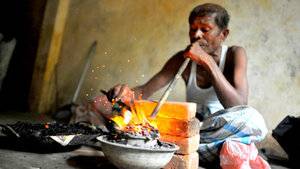- Joined
- Oct 4, 2016
- Messages
- 1,095
So many are particular with unheated stones. My preference is unheated as well. Has anyone experienced an unheated stone with a lab report that turned heated after? I've got one but from different labs, but different labs can have different results.
A stone when set can get torched unless there is specific instructions to place the stone without torching. Also when cutting stones, a part can also be torched to soften the wax or epoxy.
If the stone has a liquid inclusion, say in a two or three-phase inclusion, a bit of heat I think can affect especially if the inclusion is close to the surface.
Thoughts, anyone?
A stone when set can get torched unless there is specific instructions to place the stone without torching. Also when cutting stones, a part can also be torched to soften the wax or epoxy.
If the stone has a liquid inclusion, say in a two or three-phase inclusion, a bit of heat I think can affect especially if the inclusion is close to the surface.
Thoughts, anyone?








300x240.png)